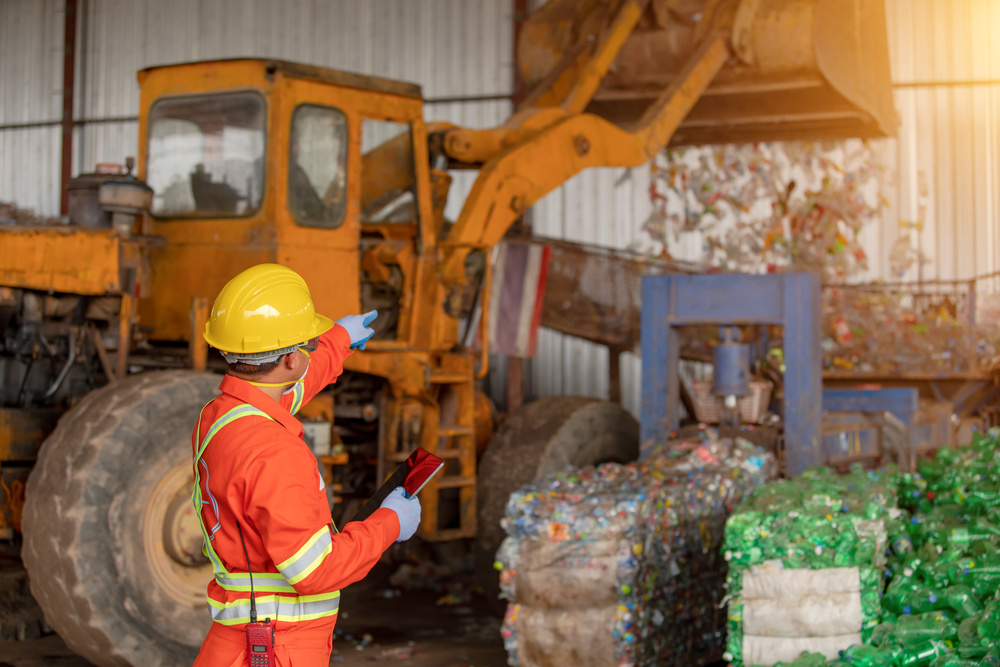:quality(80)/business-review.eu/wp-content/uploads/2022/12/AdobeStock_517609229.jpeg)
Equipment management doesn’t only entail repairing and maintaining your equipment when it has issues. It also involves lots of activities that are done regularly to ensure your equipment is in optimal condition.
However, this can be daunting when dealing with many pieces of equipment. That’s why businesses should come up with a robust equipment maintenance strategy. Failure to do so can lead to low production, overtime labor due to increased downtime, high operational expenses, material wastage, and reduced equipment longevity.
To learn more about the best practices for better equipment management, continue reading.
- Tag Your Equipment
One of the best practices for better equipment management is to label industrial equipment. Equipment labeling entails using labels or tags to identify every piece of equipment and track its location and maintenance history.
These labels can be assigned to fixed and movable equipment across different sites to ensure the business gets a holistic view of all its equipment. When equipment tagging is used alongside computerized systems like tracking software, a wide range of data tracking can be achieved. The equipment data obtained can include the exact location of the equipment, users, maintenance schedules, and purchase details.
However, choosing the correct tag for each piece of equipment is essential. This is because every tag is different and collects different types of data. To effectively tag your equipment, follow these steps:
- Assign a unique identification number
- Select an ideal tag or label
- Create an equipment profile
- Fix the tag
Equipment tagging has numerous benefits, such as saving time and resources used to locate individual equipment. It also reduces the costs associated with theft and loss of equipment.
- Train Your Equipment Operators
Another excellent practice for better equipment management is properly training your operators. This is because well-trained operators enhance the efficiency and longevity of your equipment and tools.
For instance, a trained operator will perform daily checks on the equipment, minimizing the risks of damage. Proper training also enables your operators to troubleshoot performance differences and perform basic service requirements, saving a lot of downtime and money on extensive repairs.
- Use Equipment Management Software
Equipment management software offers an automated approach for better equipment management. Many businesses and companies are investing in this software, especially after the constraints of the COVID-19 pandemic.
The software proved crucial during the pandemic, as manual oversight and equipment tracking became problematic. Companies without the software had problems managing their equipment, which lead to high operational expenses.
Equipment management software monitors equipment performance frequently, reducing downtime and the risk of equipment failure. It also helps companies avoid problems, as the software alerts when equipment needs repair or servicing.
Furthermore, the software can provide a report on which equipment is productive and which isn’t. This helps you make an informed decision when it comes to investing in new equipment.
- Inspect Equipment After Use
Even with trained operators, some issues may go unnoticed during daily checks, or operators may fail to include essential information in their reports. For these reasons, equipment managers need to inspect all equipment after use.
A complete inspection helps to ensure the equipment is in good working condition despite being used under different conditions. The inspection also helps you spot and rectify minor underlying issues before they lead to more extensive repairs.
- Schedule Preventive Maintenance
Many companies wait for equipment to break down to maintain it. However, relying on this technique leaves your company vulnerable to increased operational expenses and less revenue. Regular preventive maintenance of your equipment ensures your company’s operations run smoothly and gives you peace of mind.
Preventive equipment maintenance has a lot of benefits. For instance, it lengthens the lifespan of your equipment since cleaning and maintaining it frequently prevents the accumulation of grease, mud, and dirt, which can wear down equipment parts. Preventive maintenance also decreases equipment breakdown risks, as you can spot and rectify minor issues before they escalate further.
Furthermore, preventive maintenance also improves the safety of the equipment. Faulty or unmaintained equipment can cause fatal accidents or injuries to your employees. With preventive maintenance, you can ensure all the components of your equipment are in optimal condition for safety purposes.
Finally, preventive maintenance can save you more money, as unplanned maintenance usually costs more than planned maintenance. Although the upfront costs of preventive maintenance may be overwhelming, it’s worth it because it’s an investment in your company’s future.

Conclusion
These are some of the best equipment management practices any business can adopt to increase operation and production efficiency. Adhering to such practices will make your work easy and ensure you get the most out of your equipment. You can also do thorough research to learn more tips on effective equipment management.



:quality(80)/business-review.eu/wp-content/uploads/2024/07/vodafone-RO.jpg)



:quality(80)/business-review.eu/wp-content/uploads/2024/06/22C0420_006.jpg)

:quality(80)/business-review.eu/wp-content/uploads/2024/06/COVER-1-4.jpg)



:quality(80)/business-review.eu/wp-content/uploads/2024/06/br-june-2.jpg)
:quality(50)/business-review.eu/wp-content/uploads/2024/07/BeFunky-collage-37-scaled.jpg)
:quality(50)/business-review.eu/wp-content/uploads/2024/07/04_ThinkPad_T14s_6_Business_Coworking.jpg)
:quality(50)/business-review.eu/wp-content/uploads/2024/07/Iulia-Surugiu-scaled.jpg)